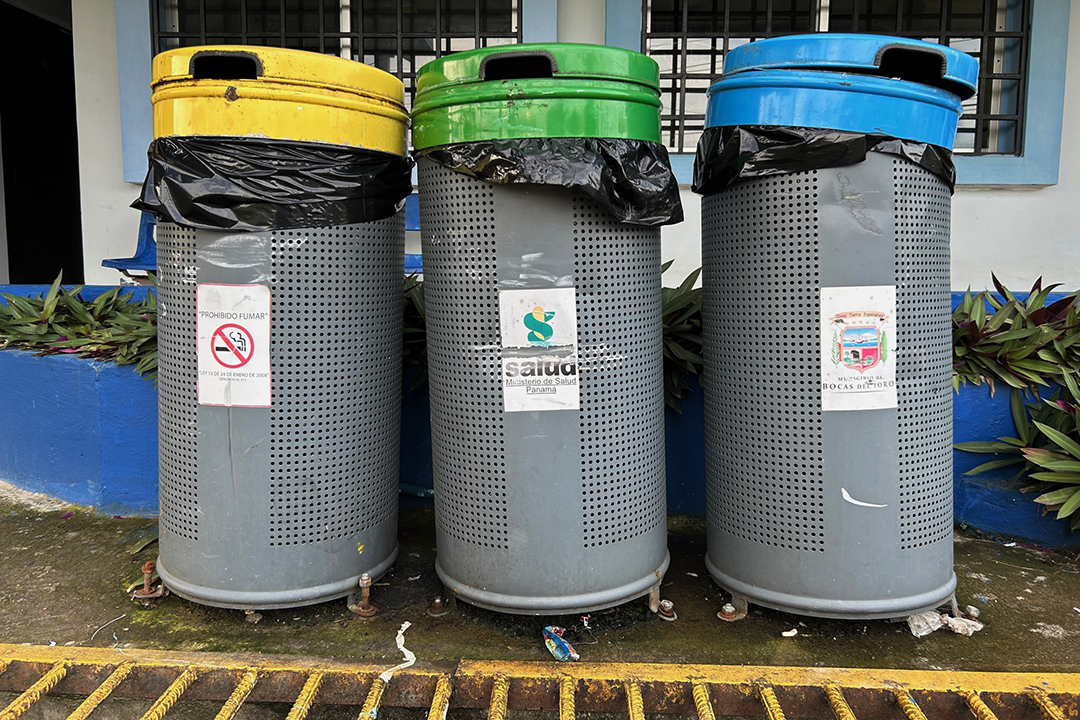UNECE, OECD Issue Guidelines for Measuring Circular Economy | News | SDG Knowledge Hub | IISD
UNECE, OECD Issue Guidelines for Measuring Circular Economy | News | SDG Knowledge Hub | IISD IISD's SDG Knowledge Hub


The UN Economic Commission for Europe (UNECE) and the Organisation for Economic Co-operation and Development (OECD) Guidelines for Measuring Circular Economy

The UN Economic Commission for Europe (UNECE) and the Organisation for Economic Co-operation and Development (OECD) have collaborated to develop a set of common guidelines to measure the circular economy and support national and international policymaking. These guidelines propose a framework with concepts, terms, and definitions, as well as a set of 19 core statistical indicators, which will be further refined through pilot testing by countries.
Importance of the Circular Economy for Sustainable Development
According to UNECE, a shift towards a more circular economy is increasingly recognized as vital to sustainable development, decarbonization, resource efficiency, and competitiveness. Many countries are adopting policies that are linked to the sustainable management of natural resources and the establishment of a circular life-cycle of materials. Therefore, there is a strong need for reliable information on the circular economy, with accurate statistics and indicators, to effectively support national policies and international work.
Conference of European Statisticians Guidelines for Measuring Circular Economy
The UNECE Task Force on Measuring Circular Economy and the OECD Expert Group on a new generation of information for a resource efficient and circular economy have jointly issued the ‘Conference of European Statisticians Guidelines for Measuring Circular Economy’ in February 2024.
Definition of Circular Economy
According to the “headline definition” used in the report, a circular economy is an economy where:
- The value of materials in the economy is maximized and maintained for as long as possible.
- The input of materials and their consumption is minimized.
- The generation of waste is prevented and negative environmental impacts are reduced throughout the life cycle of materials.
Framework and Indicators
The guidelines’ conceptual framework consists of four main components: material life cycle and value chain, interactions with the environment, socioeconomic opportunities, and responses and actions. The initial set of indicators aims to support monitoring progress towards a circular economy. The monitoring framework outlines measurement considerations, such as the use of the System of Environmental Economic Accounting (SEEA) for measuring the circular economy. The report also includes examples of measurement frameworks used by countries, along with other regional and national examples of measuring the circular economy.
Contributors and Endorsement
The guidelines have been developed with contributions from national experts from Austria, Belgium, Canada, Colombia, Denmark, Finland, India, Italy, the Netherlands, and Sweden, as well as from Eurostat, the Food and Agriculture Organization of the UN (FAO), the International Monetary Fund (IMF), OECD, the Platform for Accelerating the Circular Economy (PACE), UNECE, the UN Statistics Division (UNSD), the UN Institute for Training and Research (UNITAR), the World Resources Institute (WRI), and the UN Environment Programme (UNEP). The Conference of European Statisticians endorsed the guidelines at its 71st plenary session held from 22-23 June 2023 in Geneva, Switzerland.
Additional Resources
A forthcoming complementary report will provide practical guidance for producing and using statistics to produce the core indicators, describe the required institutional collaboration, and offer national case examples. For more information, please refer to the following resources:
- Conference of European Statisticians Guidelines for Measuring Circular Economy, Part A: Conceptual Framework, Indicators and Measurement Framework
- Publication Landing Page
- UNECE Press Release
SDGs, Targets, and Indicators
-
SDG 12: Responsible Consumption and Production
- Target 12.2: By 2030, achieve the sustainable management and efficient use of natural resources.
- Indicator: The guidelines propose a set of 19 core statistical indicators to measure the circular economy, which is linked to the sustainable management of natural resources and the establishment of a circular life-cycle of materials.
-
SDG 8: Decent Work and Economic Growth
- Target 8.4: Improve progressively, through 2030, global resource efficiency in consumption and production and endeavor to decouple economic growth from environmental degradation.
- Indicator: The guidelines aim to support national and international policymaking for a circular economy, which is recognized as vital to sustainable development, decarbonization, resource efficiency, and competitiveness.
-
SDG 9: Industry, Innovation, and Infrastructure
- Target 9.4: By 2030, upgrade infrastructure and retrofit industries to make them sustainable, with increased resource-use efficiency and greater adoption of clean and environmentally sound technologies and industrial processes.
- Indicator: The guidelines propose a framework with concepts, terms, and definitions to measure the circular economy, which includes interactions with the environment and socioeconomic opportunities.
-
SDG 11: Sustainable Cities and Communities
- Target 11.6: By 2030, reduce the adverse per capita environmental impact of cities, including by paying special attention to air quality and municipal and other waste management.
- Indicator: The guidelines aim to prevent the generation of waste and reduce negative environmental impacts throughout the life cycle of materials, which aligns with the target to reduce the adverse environmental impact of waste management.
Table: SDGs, Targets, and Indicators
| SDGs | Targets | Indicators |
|---|---|---|
| SDG 12: Responsible Consumption and Production | Target 12.2: By 2030, achieve the sustainable management and efficient use of natural resources. | The guidelines propose a set of 19 core statistical indicators to measure the circular economy, which is linked to the sustainable management of natural resources and the establishment of a circular life-cycle of materials. |
| SDG 8: Decent Work and Economic Growth | Target 8.4: Improve progressively, through 2030, global resource efficiency in consumption and production and endeavor to decouple economic growth from environmental degradation. | The guidelines aim to support national and international policymaking for a circular economy, which is recognized as vital to sustainable development, decarbonization, resource efficiency, and competitiveness. |
| SDG 9: Industry, Innovation, and Infrastructure | Target 9.4: By 2030, upgrade infrastructure and retrofit industries to make them sustainable, with increased resource-use efficiency and greater adoption of clean and environmentally sound technologies and industrial processes. | The guidelines propose a framework with concepts, terms, and definitions to measure the circular economy, which includes interactions with the environment and socioeconomic opportunities. |
| SDG 11: Sustainable Cities and Communities | Target 11.6: By 2030, reduce the adverse per capita environmental impact of cities, including by paying special attention to air quality and municipal and other waste management. | The guidelines aim to prevent the generation of waste and reduce negative environmental impacts throughout the life cycle of materials, which aligns with the target to reduce the adverse environmental impact of waste management. |
Behold! This splendid article springs forth from the wellspring of knowledge, shaped by a wondrous proprietary AI technology that delved into a vast ocean of data, illuminating the path towards the Sustainable Development Goals. Remember that all rights are reserved by SDG Investors LLC, empowering us to champion progress together.
Source: sdg.iisd.org

Join us, as fellow seekers of change, on a transformative journey at https://sdgtalks.ai/welcome, where you can become a member and actively contribute to shaping a brighter future.







